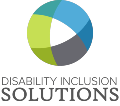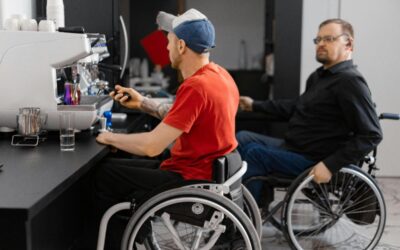The workforce is aging. The first of the Baby Boomers began turning 65, the official retirement age, in 2011. (1) But not all of them entered retirement. In fact, as many as 50% of Baby Boomers see themselves working until the age of 70 or longer. (2)
Many of these employees may develop disabilities as they age, or existing disabilities may become more significant. Some of the conditions that could require accommodations include:
- Heart disease
- Hypertension
- Emphysema
- Cancer
- Diabetes
- Arthritis
While many organizations realize their workforce is aging, few are prepared. As explained in the iDisability™, “Employing and Accommodating an Aging Workforce” module, there are many accommodations to help older employees remain productive. Here are a few solutions to consider.
- Allow a flexible work schedule and flexible use of leave time.
- Provide parking close to the work-site.
- Relocate workstation to be closer to the restroom, office equipment, and break room.
- Provide lifting devices and carts.
- Provide visual or tactile alerting device.
- Provide computer-assisted note taking.
- Use Web-based meeting software or video conferencing.
- Provide ergonomic furniture and accessories, i.e., adjustable chair, keyboard.
- Use a workstation to alternate between sitting and standing.
- Provide carts and lifting aids.
- Keep work environment free from dust, smoke, odor, and fumes.
- Magnify written material using hand/stand/optical magnifiers.
- Provide large print material or screen reading software.
- Control glare by adding a glare screen to the computer.
An aging workforce will inevitably shake up the company dynamic. The only way to curb the clash is to have strategies in place to capitalize aging employees’ assets and minimize potential pitfalls. The iDisability™ training platform was specifically designed to educate organizations and ensure employees have the knowledge required to effectively communicate, interview, hire, accommodate and engage every employee within the workforce. To schedule a demonstration, complete the contact form.
Source: (1) https://www.census.gov/prod/2014pubs/p25-1141.pdf (2) https://www.aarp.org/work/retirement-planning/info-06-2011/boomers-envision-retirement-2011.html





0 Comments